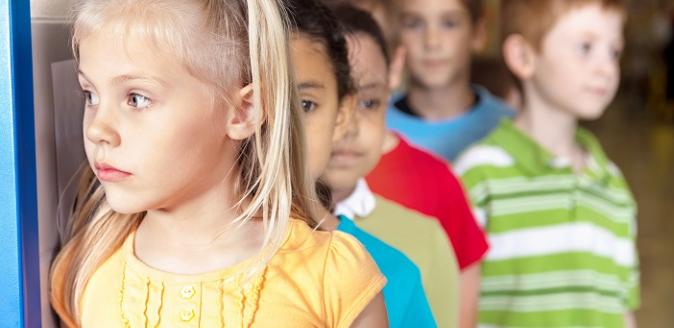Question: Is it wrong to ask children to line up? Some educators say there’s no need for children to wait in line before meals, outdoor play or on excursions, while others feel it’s important for safety and school readiness…
Answer:
It’s not wrong or right, but it’s also not necessary
I’ve observed many programs where children are left waiting in lines for other children to join them. Is this what’s best for the children, or is it being done because it’s easy for educators?
A clear example is during packup to transition to outside. The efficient children get their tasks done quickly and get to the door, only to be left waiting for the others. As a team, I’d be reflecting on why they need to wait. Where are the educators? Can one educator head outside while another supports the children still packing up?
In OSHC, where children are independent, why can’t they mark themselves off the role when they arrive and move into an activity or a snack? Obviously, an educator would need to double-check this. But after a day in the classroom, the last thing children need to be doing is sitting for another period of time.
If you are out on an excursion, safety would need more consideration with hazards like crossing roads. However, get the children to buddy up and enjoy being together. Are you as the educator making the experience fun?
Children need preparation for school readiness, but more importantly, life readiness. Most activities in early and middle years settings promote social and emotional connections, independence and self-regulation. Lining up is not needed for children – there will be plenty of time later in life as an adult where you just have to line up and wait. Many adults get frustrated with it, so expecting children to do it (and often) to me is just unfair.
As educators, we need to put the children first. I believe we have many other ways to support children through transitions than standing in a line.
Narelle Lawton
Consultant, Community Child Care Association
